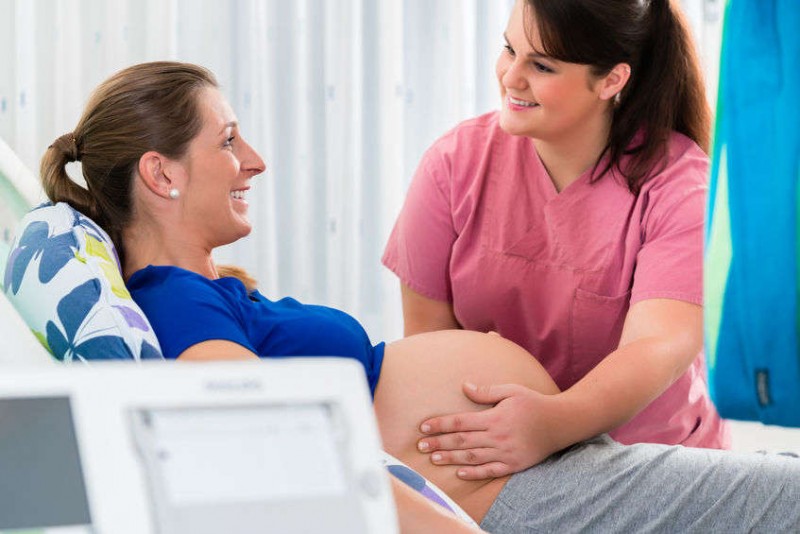Pregnant women can experience natural birth with these factors
There has been an increased rate of medical intervention in pregnant women during labour and birth in most middle- and high-income countries over the years. As a result, the international medical community is concerned with promoting natural birth — without the induction of labour or use of epidural/spinal/general anaesthesia, episiotomy, forceps/vacuum or caesarean section. However, medical intervention doesn’t necessarily have to be the case.
Researchers from the Queensland University of Technology conducted a study to identify and examine the role of various factors in experiencing natural birth. The researchers asked 5840 women who gave birth over a four-month period in Queensland, Australia, to complete a questionnaire about their preferences for and experiences of pregnancy, labour, birth and post-natal care. The responses were analysed using multiple logistic regression models to identify the associations with four aspects of normal birth — onset of labour, use of anaesthesia, mode of birth and use of episiotomy. The probability of normal birth was then calculated by combing these models.
An analysis of 23 studies from around the world showed that only 13.8 per cent of the women expressed a preference for caesarean birth.
The researchers found that only 28.7 per cent of the women experienced natural birth. They also found that those who had received GP shared care, standard public care, public midwifery continuity care or private midwifery care were all more likely to have a natural birth than women in private obstetric care.
The following factors also attributed to natural birth, according to the analysis:
- Pregnant women lived outside major cities
- They moved freely throughout labour
- They received continuity of care in labour and birth
- They did not have procedures to enhance their labour (such as an Oxytocin drip)
- They did not have their baby continuously electronically monitored during labour
- They gave birth while not lying flat (non-supine position)
The probability of a natural birth was reduced for women who were pregnant for the first time, had previously had a caesarean, had a multiple pregnancy, were of more advanced gestational age and had pregnancy-related health conditions such as gestational diabetes, high blood pressure and low-lying placenta.
An analysis of 23 studies from around the world showed that only 13.8 per cent of the women expressed a preference for caesarean birth.
Other research found that many women in Queensland were not informed and were unaware of the use of medical procedures that can affect their birth outcomes.
This research throws light on what factors can affect natural birth and give women the information they need to make informed decisions about their pregnancy, birth, labour and maternity care.
Source: BMC Pregnancy and Childbirth








